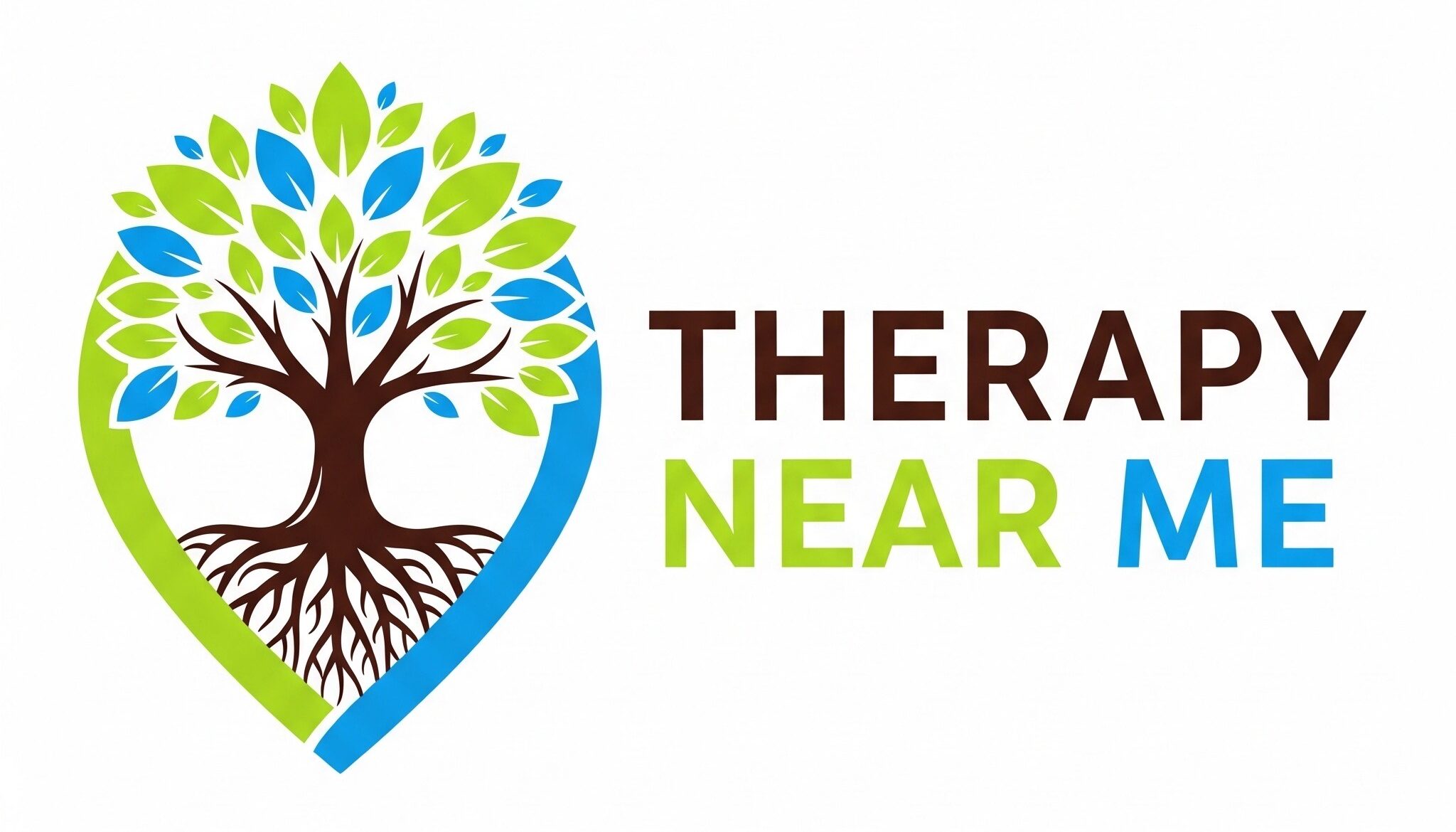In recent years, there has been an alarming increase in mental health issues among the youth. This rise in mental health problems is often referred to as the youth mental health crisis. It encompasses a range of issues, from anxiety and depression to more severe psychiatric disorders. This article examines the current state of youth mental health, its causes, and potential interventions, drawing upon scientific research.
The Current State of Youth Mental Health
Studies have shown a significant increase in mental health problems among young people. According to Kessler et al. (2012), mental disorders are the leading cause of disability in youth. The World Health Organization (WHO) has identified mental health conditions as a major cause of illness and disability among 10-19 year-olds globally.
Causes of the Mental Health Crisis
Several factors contribute to the mental health crisis among young people:
- Social Media and Technology: The rise of digital technology and social media has been linked to increased rates of anxiety and depression in young people. Twenge and Campbell (2018) reported a strong association between screen time and decreased psychological well-being among adolescents.
- Academic Pressure and Stress: The increasing pressure to perform academically and secure a successful future can contribute to stress and anxiety. A study by Suldo et al. (2015) found a correlation between academic stress and mental health problems in high school students.
- Economic Factors: Economic uncertainty and concerns about future employment prospects can also impact young people’s mental health. Fryers and Brugha (2013) highlighted the impact of socioeconomic status on mental health outcomes.
- Family Dynamics: Family relationships and dynamics play a significant role in youth mental health. Parental conflict, divorce, and other family issues have been linked to a higher risk of mental health problems (Harold and Sellers, 2018).
Interventions and Solutions
Addressing the youth mental health crisis requires a multifaceted approach:
- Improved Access to Mental Health Services: Providing accessible and youth-friendly mental health services is crucial. The Mental Health Foundation (2019) emphasises the need for early intervention and accessible services for young people.
- Education and Awareness: Schools and communities need to increase awareness and education about mental health. This includes incorporating mental health education into school curricula and promoting open discussions about mental health (Kutcher et al., 2016).
- Supportive Family and Community Environments: Creating supportive family and community environments can foster positive mental health. This involves parental education and community-based support systems (Leavey, 2017).
- Policy and Funding: Governments need to allocate sufficient resources and develop policies that prioritize youth mental health. This includes funding for mental health services and research into effective interventions (Patel et al., 2018).
Conclusion
The youth mental health crisis is a complex and growing concern that requires urgent attention from healthcare providers, educators, policymakers, and communities. By understanding the causes and implementing effective interventions, we can work towards improving the mental health and well-being of young people.
References
- Kessler, R. C., et al. (2012). The global burden of mental disorders: An update from the WHO World Mental Health (WMH) surveys. Epidemiologia e psichiatria sociale, 21(1), 23-33.
- Twenge, J. M., & Campbell, W. K. (2018). Associations between screen time and lower psychological well-being among children and adolescents: Evidence from a population-based study. Preventive Medicine Reports, 12, 271-283.
- Suldo, S. M., Shaunessy-Dedrick, E., Ferron, J., & Dedrick, R. F. (2015). Predictors of mental health in high-achieving high school students. Gifted Child Quarterly, 59(2), 108-123.
- Fryers, T., & Brugha, T. (2013). Childhood determinants of adult psychiatric disorder. Clinical Practice and Epidemiology in Mental Health, 9, 1-50.
- Harold, G. T., & Sellers, R. (2018). Annual Research Review: Interparental conflict and youth psychopathology: An evidence review and practice focused update. Journal of Child Psychology and Psychiatry, 59(4), 374-402.
- Mental Health Foundation. (2019). Mental health statistics: Children and young people. [online] Available at: [https://www.mentalhealth.org.uk/statistics/mental-health-statistics-children-and-young-people].
- Kutcher, S., Wei, Y., & Coniglio, C. (2016). Mental health literacy: Past, present, and future. Canadian Journal of Psychiatry, 61(3), 154-158.
- Leavey, J. (2017). Supporting the mental health of children and young people in care: The role of the foster carer. Clinical Child Psychology and Psychiatry, 22(4), 569-579.
- Patel, V., Saxena, S., Lund, C., Thornicroft, G., Baingana, F., Bolton, P., … & UnÜtzer, J. (2018). The Lancet Commission on global mental health and sustainable development. The Lancet, 392(10157), 1553-1598.
How to get in touch
If you or your patient/NDIS clients need immediate mental healthcare assistance, feel free to get in contact with us on 1800 NEAR ME – admin@therapynearme.com.au.







